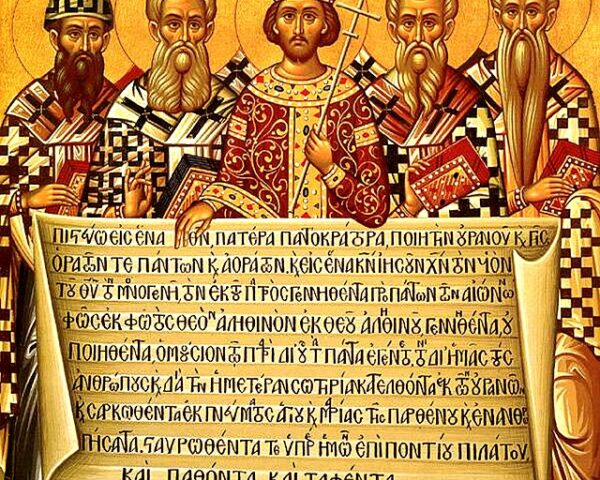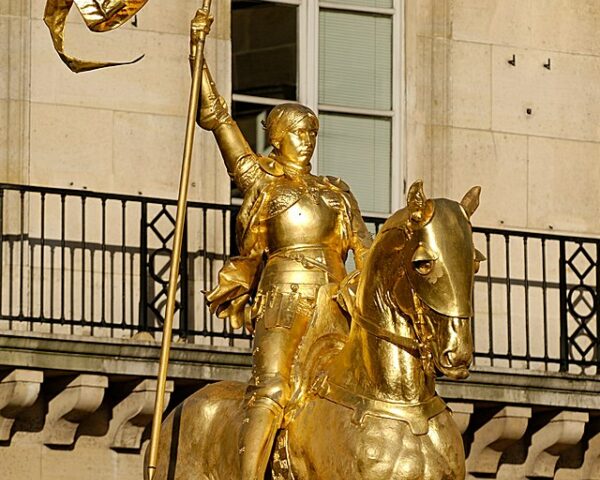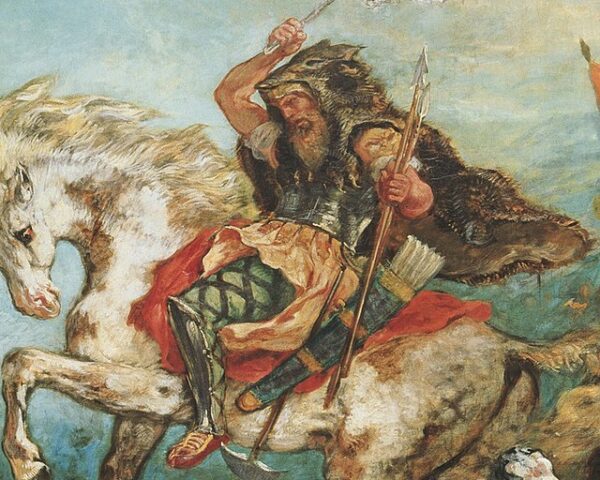A turning point in Western history happened on the evening of October 27, 322 in the sleeping quarters of a tired Roman Emperor. As his army prepared for the Battle of Milvian Bridge, Constantine the Great had a vision that led him to fight under the protection of the Christian God, then a small but rapidly growing religious sect that had been brutally persecuted by his predecessors.
The rest, as they say, was history.
Constantine’s Vision of the Cross, proved to be a pivotal event in antiquity, changing both the trajectory of the Roman Empire and the Christian faith. Within a single generation, the most powerful empire in the world went from practicing the most savage of its several persecutions of Christians to embracing Christianity and becoming the seat of the Church.
The night before the battle that would make him the undisputed ruler of Rome, the emperor reportedly bore witness to a luminous cross in the sky, inscribed with the words “In hoc signo vinces,” signifying “In this sign, you will conquer.” This celestial vision stands as a watershed moment in the reign of Constantine and in world history.
The Battle of Milvian Bridge, fought on October 28, 312 AD, near Rome, was a pivotal conflict in the Roman Empire, with profound implications for both its politics and religion. The battle occurred during the struggle for power between rival Roman emperors Maxentius and Constantine the Great. Maxentius, who controlled Rome, and Constantine, who had significant support in the Western provinces, clashed in a bid to consolidate their rule.
Constantine’s forces, buoyed by their newfound faith and confidence in their divine support, achieved a resounding victory, leading to the death of Maxentius. This triumph had profound repercussions for the Roman Empire and the history of Christianity. Constantine emerged as the sole ruler of the Western Roman Empire and began a process that eventually led to the Edict of Milan in 313 AD, granting religious tolerance to Christians and setting the stage for the eventual Christianization of the Roman Empire.
The emperor’s vision left an indelible mark on Christian symbolism and art. The Chi-Rho symbol, formed by superimposing the first two Greek letters of “Christ,” became closely associated with Constantine and his heavenly vision. This emblem began to adorn military standards and found its way into Christian iconography. Today, it remains emblematic of Christ in many Christian denominations, serving as a lasting testament to the enduring legacy of Constantine’s profound experience.
From a geopolitical standpoint, Constantine’s conversion bore significant ramifications. It heralded the decline of traditional Roman polytheism and the ascendance of Christianity as the preeminent religion within the empire. This transformative moment set the stage for the convening of the First Council of Nicaea in 325 AD, where crucial elements of Christian doctrine, notably the Nicene Creed, were codified. This event laid the groundwork for the enduring influence of Christianity on Western culture and politics, cementing Constantine’s Vision of the Cross as a potential starting point for what we call “the West” today.






